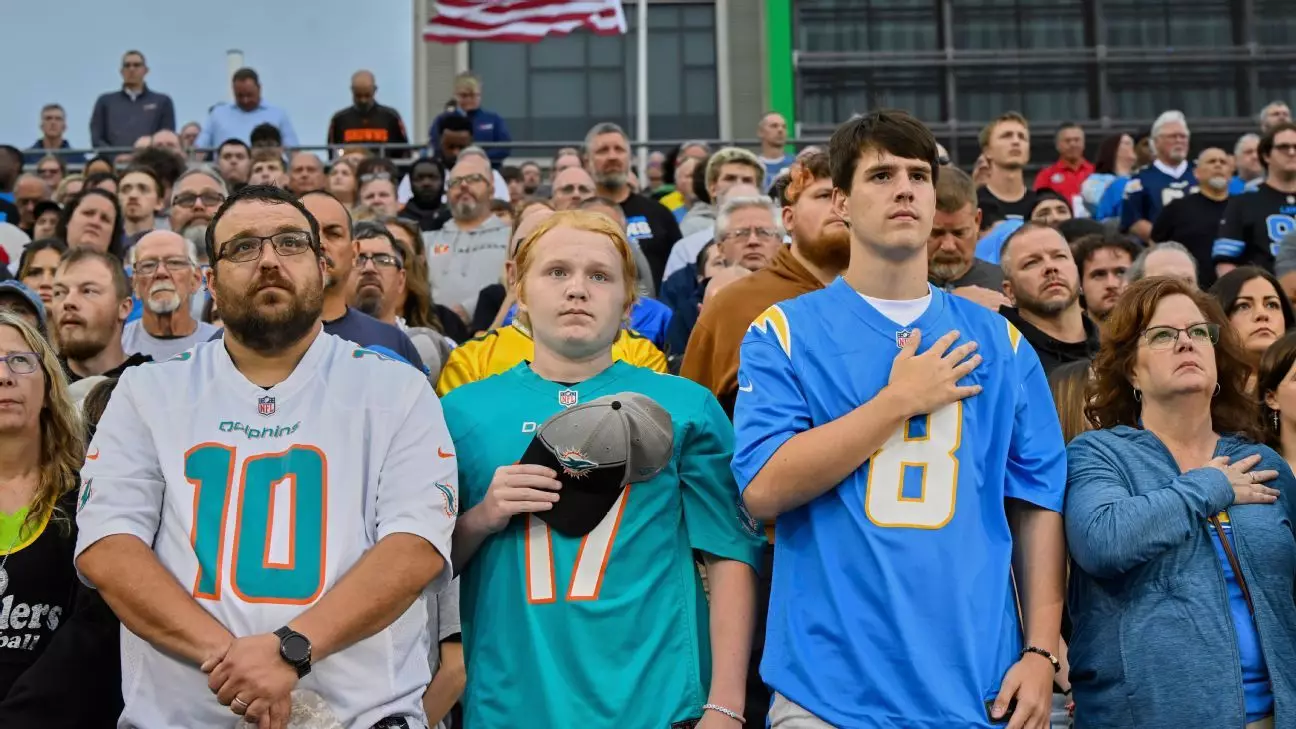Sports, especially American football, often serve as a sanctuary for millions—an escape from societal chaos and a symbol of perseverance, teamwork, and national pride. Yet, beneath the roaring crowds and glittering headlines lies a disturbing, unaddressed reality: the fragile safety of those present at these grand events. The recent events in Canton, Ohio, where the NFL season was launched amid a tragedy that extended beyond the gridiron, expose a stark contrast between the public spectacle and the underlying vulnerabilities that threaten our collective safety. While the league and its fans indulge in celebration, the lurking shadow of violence looms large, demanding our attention far more urgently than the latest game highlight.
Violence Within Our Ceilings: More Than Just a Tragedy
The shooting targeting NFL headquarters is a stark reminder that violence is not confined to geopolitics or distant crises—it infiltrates our everyday spaces, even those deemed symbols of discipline and unity. Shane Tamura’s act of desperation, fueled by mental health issues and a perceived grievance against the NFL’s handling of traumatic brain injuries, highlights a systemic failure to address mental health and the root causes of violence before they erupt into chaos. It’s one thing to mourn lives lost and to label tragedies as isolated incidents; it is far more compelling—and necessary—to confront the deeper societal issues that foster despair, anger, and violence. The NFL’s response, involving heightened security and community outreach, is commendable but ultimately superficial unless it is paired with genuine efforts to understand and prevent the complex web of factors leading to such acts.
A Cultural Reflection on Safety and Priorities
While the league speaks of safety measures and moments of silence, these are, in many ways, symbolic gestures that fall short of systemic change. The concern raised by Eric Allen about the increasing anxiety of workplace safety, especially for children and families, should force us to question our collective priorities. Are we truly committed to protecting the spaces we cherish, or are we simply placating ourselves with temporary fixes? The incident at NFL headquarters underscores a broader societal failure: the inability or unwillingness to address mental health comprehensively, to bridge the gaps in our social safety nets, and to confront the increasing prevalence of violence rooted in systemic neglect.
The Political and Social Implications of Sports Violence
In a society divided along political lines, sports often serve as a unifying force—an arena where patriotism and pride triumph over ideological disputes. However, recent events demonstrate that this unity is superficial, masking a deeper crisis that is both societal and political. Efforts to improve security and mental health support are often stymied by bureaucratic inertia, cultural stigmas, and competing priorities. As a supposedly progressive society, we must advocate for policies that prioritize mental health funding, community intervention programs, and gun control measures—actions that directly impact the safety of public spaces, including stadiums, offices, and schools.
The Need for a Comprehensive Cultural Shift
The NFL’s response, including increased security and virtual town halls, is a step forward but inevitably lags behind the urgency of the problem. We are witnessing a cultural moment that calls for more profound introspection: Are institutions doing enough to foster resilience and mental well-being? Do we recognize the signs of impending violence before tragedies occur? Ultimately, addressing these issues requires a paradigm shift—one that values human life over spectacle, prioritizes mental health over indifference, and recognizes that the safety of our communities depends on proactive, not reactive, measures. The recent horrors should stoke a demand for systemic change that transcends the boundaries of sports and extends into every corner of American life. Only then can sports truly represent the values they espouse—unity, strength, and resilience in the face of adversity.


Leave a Reply